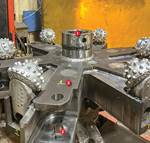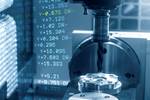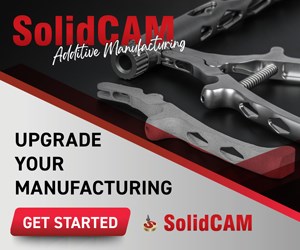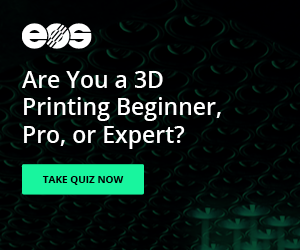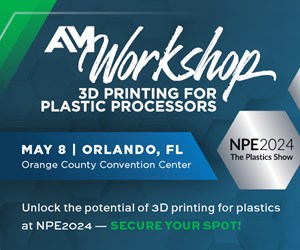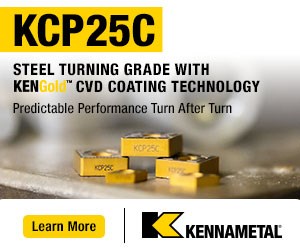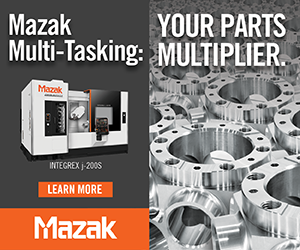Desktop Metal P-1 Promises SPJ Process Development Solution
Desktop Metal’s new P-1 printer provides a smaller-scale Single Pass Jetting printer that better facilitates prototyping than the full P-50.
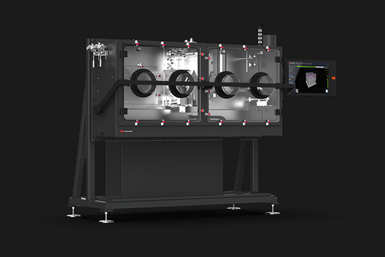
Desktop Metal has begun shipping its new P-1 printer. The P-1 leverages the same patent-pending Single Pass Jetting (SPJ) technology and core additive manufacturing benefits as the company’s flagship P-50 printer, but at the size and scale of serial production. The P-1 is now available for order and has shipped to initial customers like the Ford Motor Company.
“Adding the P-1 to our Production System portfolio serves as a key enabler for companies as they look to develop processes and materials on a smaller scale before ramping up to mass production volumes,” says Ric Fulop, CEO and co-founder of Desktop Metal. “Similarly, many businesses and research institutions are also interested in leveraging the economics and quality of SPJ technology for mid-volume serial production, making the P-1 an ideal fit and a great stepping-stone to broad adoption of Desktop Metal’s technology and flagship P-50 printer.”
The P-1 offers a new form factor that combines the P-50’s patent-pending SPJ technology and print carriage design with enhanced process flexibility. SPJ technology on the P-1 allows it to achieve production throughputs 10 times higher than those of legacy PBF systems and is fast enough to complete a full build in less than one hour. It also features a state-of-the-art print bar with native 1200 dpi, advanced printhead technology that supports a wide variety of binders and an inert processing environment that supports both non-reactive and reactive materials. Materials research and new application development conducted on the P-1 transfers directly onto the P-50 to easily scale to mass production.
P-1 customers also gain access to Desktop Metal’s Fabricate manufacturing build preparation software, as well as to the company’s newly-released Live Sinter application, which dynamically simulates the sintering process and generates print-ready geometries that compensate for the shrinkage and distortion that take place during sintering.
Related Content
-
5 Tips for Getting the Most From the Historic Return of North America’s Biggest Manufacturing Event
Plan. Explore. Think of the future. And oh yeah, the shoes. Here is how to get the most from the major manufacturing event that none of us have experienced in four years, and that many will be experiencing for the first time.
-
SolidCAM Wants to Help Machine Shops Get into Additive Manufacturing
SolidCAM's partnership with Desktop Metal is aimed at making additive manufacturing more accessible to job shops and other manufacturers.
-
Designing a 3D Printed Part with Machining in Mind
Designing extra stock and mounting features into a 3D printed part can aid in machining processes downstream.


